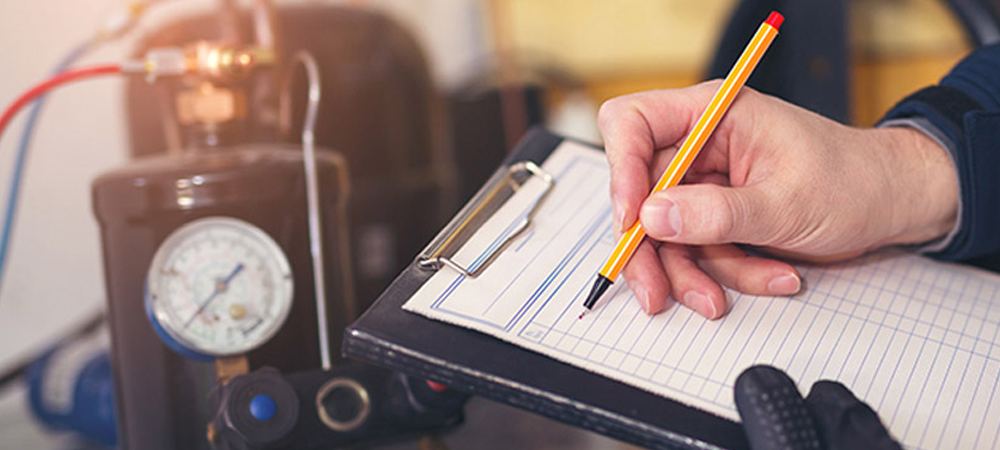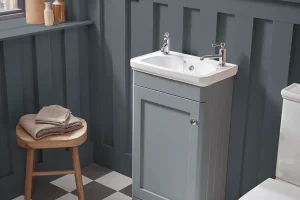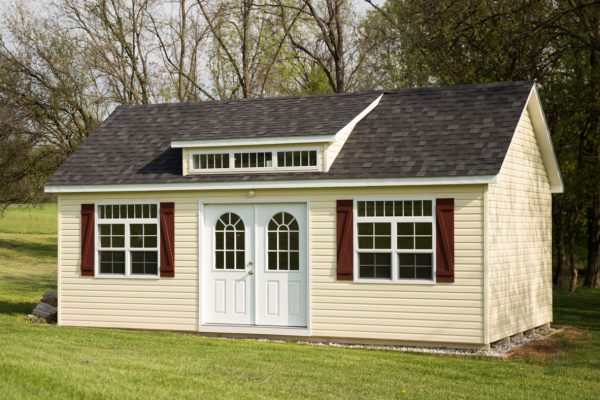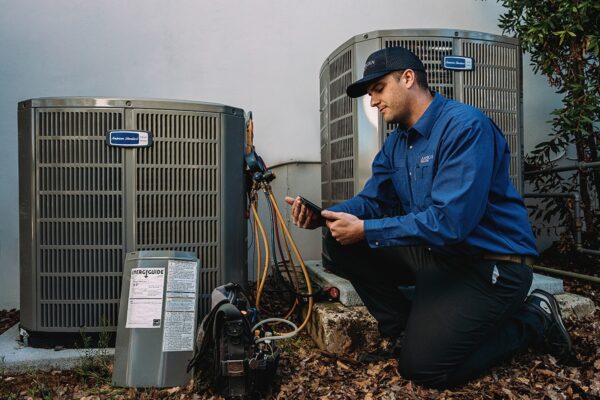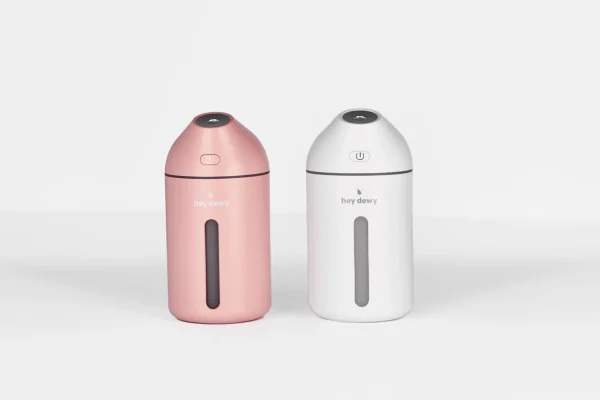The best contractors have in-depth expertise regarding just how your heat pump works. They are trained to handle a variety of issues as well as provide a range of solutions. When they visit to service your heat pump, you can anticipate them to:
- Lube mechanical elements to lower friction, as well as resistance, which lowers wear and boosts the effectiveness.
- Examination heat pump manages to verify correct closure and startup while listening for problematic sound or resonance.
- Clear any kind of obstructions from the condensate drainpipe, as well as check for and take care of any kind of leaks or breakage.
- Inspect the air filter for dust, which can place stress on the compressor and other parts, and replace if needed.
- Inspect belts, pulley blocks, and various other elements for placement issues.
- Clean the condenser coil as well as fan and look for amp draw, security, as well as vibrations.
- Inspect blower wheels as well as motors for restricted airflow, as well as whether the motor is attracting a proper amperage.
- Check the refrigeration metering device to ensure it’s working; otherwise, it can reduce efficiency, cooling ability, as well as operating life.
- Step cooling agent levels as well as reenergize the device if needed.
- Check electric circuitry as well as links; damaged cable will be replaced, as well as loosened connections tightened up.
- Evaluate ducts for dust and obstructions, or any kind of damage that can cause a leak or restrict airflow.
- Clean/flush the drain line to ensure it is clear and there are no recurring obstructions.
- Check the defrost setting up to confirm the defrost timer is functioning.
- Evaluate the crankcase heater to ensure its functioning which no performance concerns will damage the compressor.
- Inspect security panels as well as other features to make certain the device runs as well as reacts normally.
- Monitor coil temperature levels; if there are variants across a coil, different underlying problems may be present.
- Test thermostat sensors, as well as confirm the thermostat shows current problems in your space.
- Examine device detach switches, as well as test dead time to avoid a variety of electric hazards.
- Check device positioning as well as altitude to prevent water drainage problems, cold, as well as other problems.
To get info about a “company near me,” please visit the link.


